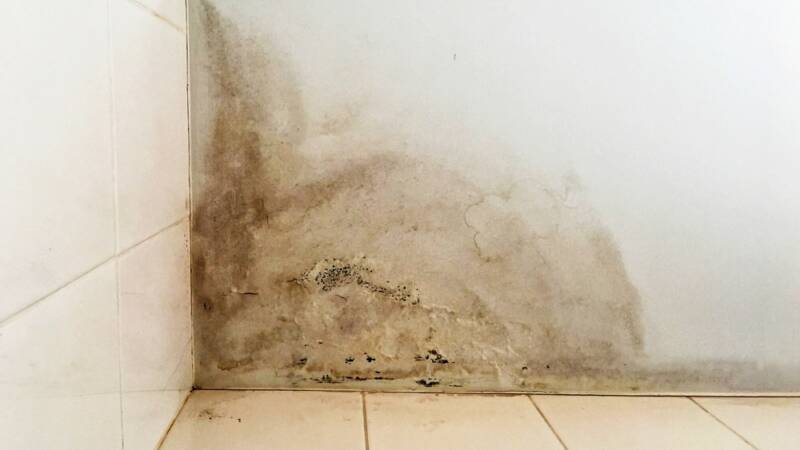How To Spot Mold In Your Home And What To Do About It

Nobody wants to find mold in their home, and many people think they never will! But mold can show up in the cleanest of homes and have devastating effects if either not caught early or treated effectively. Search online to discover what types of pesky fungus are common and how to treat them.
Household mold can do a lot of costly damage to your house and make some people dangerously ill. Here are some things you can do to help prevent, eliminate and keep it from coming back.
The Ways Mold Appear in Your Home
Mold is a fungus that is everywhere and in certain contexts, it can be good! Mold helps your garden to grow. The mold in a bottle of wine makes it tasty. Some antibiotics contain mold that is beneficial.
But mold can also make its way into your home. That’s when it can take a nasty turn. The ideal atmosphere for household mold is warm, damp and dark, so it’s commonly found in basements, bathrooms, laundry rooms and cold rooms. You can also find it in carpets, furniture and around windows.
Mold can be visible, sometimes appearing as patch of small black dots that multiply rapidly. It can also come in a variety of colors and textures.
Some other factors that suggest you may have mold include:
- A smelly air conditioner or heater
- Dark grout
- Peeling wallpaper
- Dark or colored spots on your walls
- A musty odor, even after cleaning
If you notice any of these signs, it’s time to take action. Start by looking anywhere that’s damp or where you have had water damage, paying particular attention to any stains or discoloration.
Common Household Molds
More than one dozen types of household mold exist. However, penicillium, cladosporium and aspergillus are the most common in American homes.
Penicillium spreads its soft textured blue spots rapidly. Green or brown cladosporium can grow in a warm or cold atmosphere. There are many species of aspergillus, so it can be a variety of colors.
The Health Effects of Mold
Household mold can be a real health problem for people who are sensitive or allergic to it.
Mold-sensitivity symptoms include:
- Watery, itchy eyes
- Sneezing
- Runny nose
- Fatigue
- Respiratory issues
- Headaches
- Nosebleeds
Some signs that you may have a mold allergy are:
- Hay fever symptoms
- Asthma flare-up or attacks
- Inflamed sinuses
- Coughing, wheezing, shortness of breath
- Skin rash
Anyone can suffer the effects of mold, but those with a compromised immune system may be susceptible to worsened mold-related health issues. If you show signs of mold allergy, contact a doctor to discuss the best course of treatment and get a professional to remove the mold in your home.
What To Do If You Find Mold
You need to take immediate action if you find mold in your home as it grows rapidly, sometimes developing in as little as 48 hours. It is easier and less costly to remove a small mold issue. If it’s small, you may be able to use an at-home remedy like bleach or a mold spray from you local hardware store.
If it’s more significant, you’ll need professional help. Search online for a qualified mold remediation professional to assess the problem and provide a solution (and quote). When you’re assessing the business, ensure they have liability insurance, will actually remove (and not just “seal”) the mold, and provide a copy of their cleanup protocol and a written work guarantee.
After the mold is removed, you will want to prevent mold re-growth. Here are some tips:
- Decrease house humidity to below 50 percent. A dehumidifier can help with this.
- Change furnace and air conditioner filters
- Clean leaves and debris from eavestroughs
- Clean up water spills immediately
- Minimize indoor carpeting
- Have adequate ventilation in damp areas such as bathrooms and basements
- Keep the washing machine door open when not in use
Take Action Today
When mold grows indoors, it is a hazard to you and your home. Being mindful of its causes can help you prevent it from becoming a severe problem and knowing how to recognize it will allow you to act quickly to have it safely and thoroughly removed.
Why not take a few minutes today to thoroughly inspect your home and do what you can to prevent mold from growing? If you do find some, taking the steps discussed will help keep everyone in your family safe and healthy.